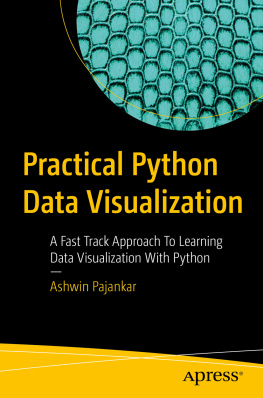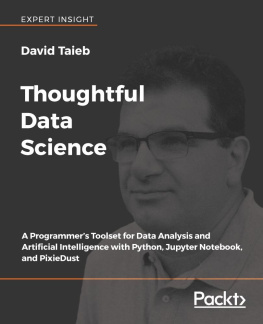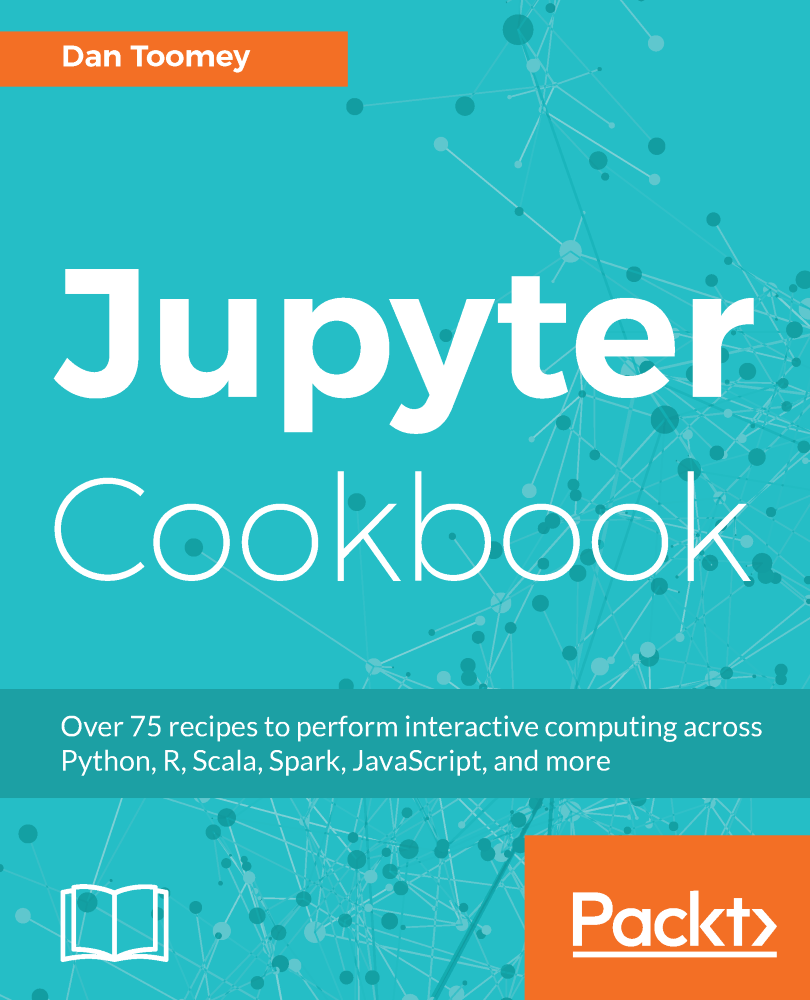About the reviewers
Nikhil Borkar holds the CQF designation and a PG degree in Quantitative Finance from the University of Mumbai. He works as an independent fintech and legal consultant. Prior to this, he was with Morgan Stanley Capital International as a Global RFP Project Manager. He has worked on Quantitative Finance and economic research projects using R, Python, and Excel VBA. He loves to approach problems in a multidisciplinary, holistic way. He is actively working on machine learning, AI, and deep learning projects.
Nikhil Akki started his career in IT support, and within a couple of years shifted to sales and marketing (after pursing MBA). Nikhil works at Deloitte in Mumbai as data science consultant. He has hands-on experience in building enterprise-grade - NLP, machine learning, and recommender system-based applications for his clients. He is often found taking up MOOCs and Kaggle problems. Prior to his current role, he taught Business Statistics at postgraduate level in an upcoming B-School in South Mumbai.
Juan Toms Oliva Ramos is an environmental engineer from the University of Guanajuato, Mexico, with a master's degree in administrative engineering and quality. He has over five years of experience in management and development of patents, technological innovation projects, and technological solutions through statistical control of processes. He has been a teacher of statistics, entrepreneurship, and technological development since 2011. He has developed prototypes via programming and automation technologies for improvement of operations, which have been registered for patents.
I want to thank God for giving me the wisdom and humility to review this book. I thank Rubn for inviting me to collaborate on this adventure.
I want to thank my wife, Brenda, our two magic princesses (Maria Regina and Maria Renata) and Angel Tadeo), All of you are my strengths, happiness and my desire to look for the best for you.
What this book covers
, Installation and Setting up the Environment , teaches you how to install Jupyter on different environments, such as Windows, macOS, Linux, and a server machine.
, Adding an Engine , shows you the steps to add these engines to your Jupyter installation so that you can script your Notebook in the language you like.
, Accessing and Retrieving Data , teaches how to access and retrieve data from files in different formats in Jupyter.
, Visualize Your Analytics , covers recipes for visualizing your analytics in Python, R, and Julia.
, Working with Widgets , describes the wide range of possibilities of widgets in Jupyter.
, Jupyter Dashboards , teaches how to install and enable Jupyter dashboards layout extension to your Notebook.
, Sharing Your Code , shows you several methods for sharing your Notebook with others, including using different software packages and converting the Notebook into a different form for readers without access to Jupyter.
, Multiuser Jupyter , explores several options for enabling Jupyter Notebooks as a multiuser platform.
, Interacting with Big Data , covers the methods of accessing big data from Jupyter.
, Jupyter Security , investigates the various security mechanisms available for your Jupyter Notebook.
, Jupyter Labs , lets us try new features of Jupyter in a lab environment to create our own sample Notebook.





![Dan Toomey [Dan Toomey] - Jupyter for Data Science](/uploads/posts/book/119624/thumbs/dan-toomey-dan-toomey-jupyter-for-data-science.jpg)
![Joshua Cook [Joshua Cook] - Docker for Data Science: Building Scalable and Extensible Data Infrastructure Around the Jupyter Notebook Server](/uploads/posts/book/119616/thumbs/joshua-cook-joshua-cook-docker-for-data.jpg)


